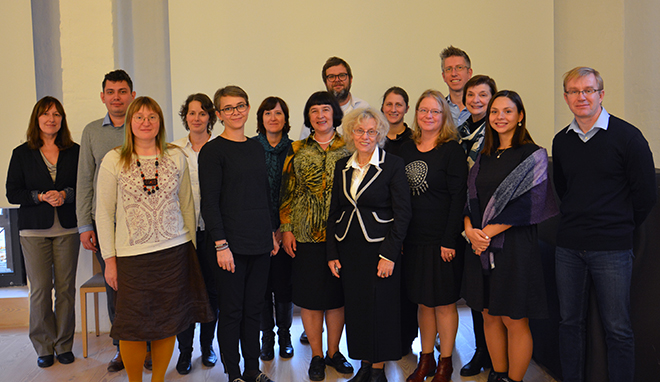The seminar aimed to develop greater understanding of Russian language policies and minority language politics among Western scholars, to share the wealth of expertise developed by Norwegian experts on multilingualism and language policy, and to exchange experiences and develop potential collaborations for the future.
How are minority languages represented in St. Petersburg’s linguistic landscape? What can road signs in a rural community in Northern Norway tell us about the social changes and power relations in the area? How can representations of Murmansk Airport on Instagram be used to address the issue of multilingualism in the High North and Arctic? How is multilingualism constructed in the schoolscapes of kindergartens? These were just some of the topics presented during the two-day event, where the speakers explored linguistic landscapes in Russia, Norway, and beyond.
The seminar was organized by the Center for Multilingualism in Society across the Lifespan, with financial support from The Norwegian University Center in St. Petersburg.
The program and full list of speakers can be found in a list of previous events at Multiling.
